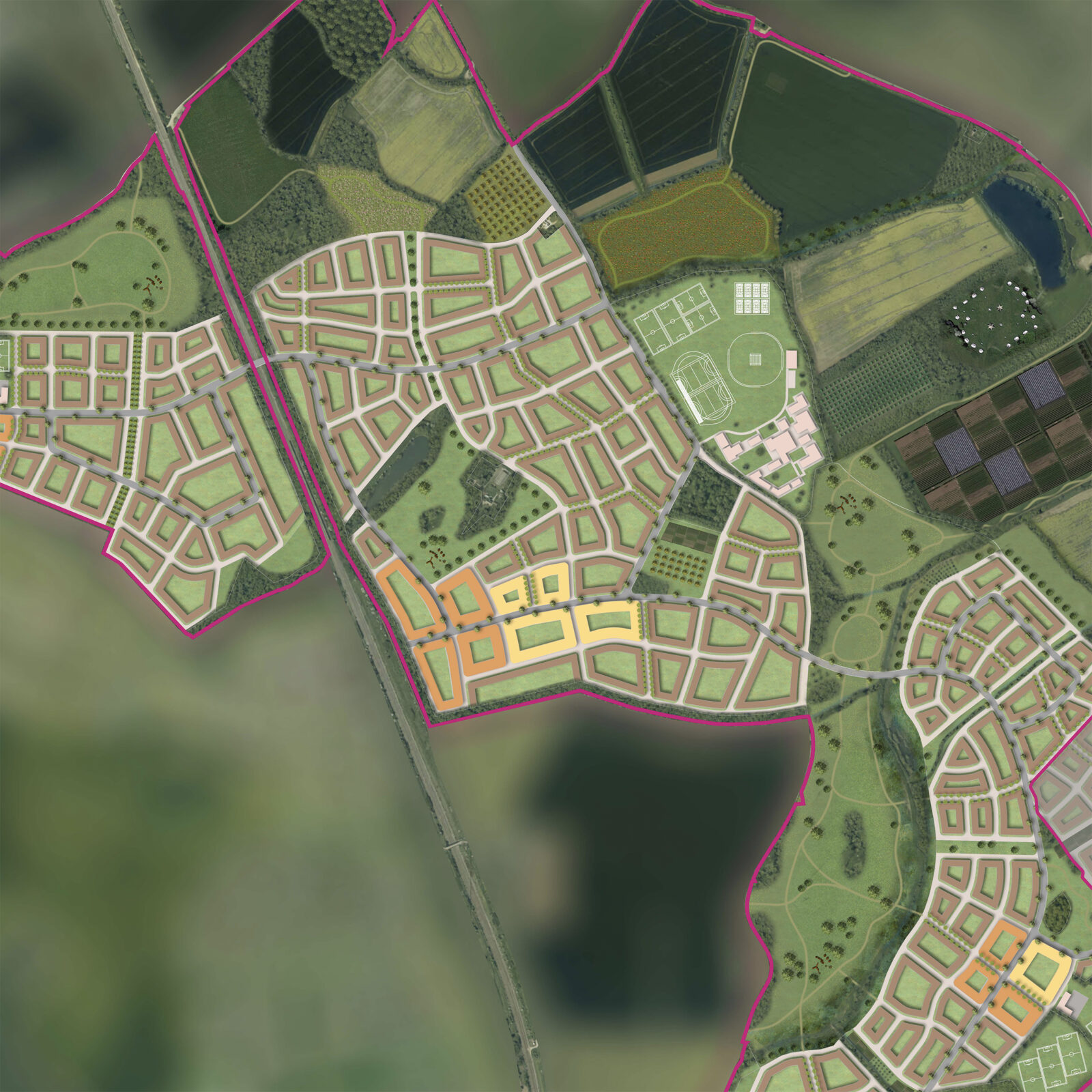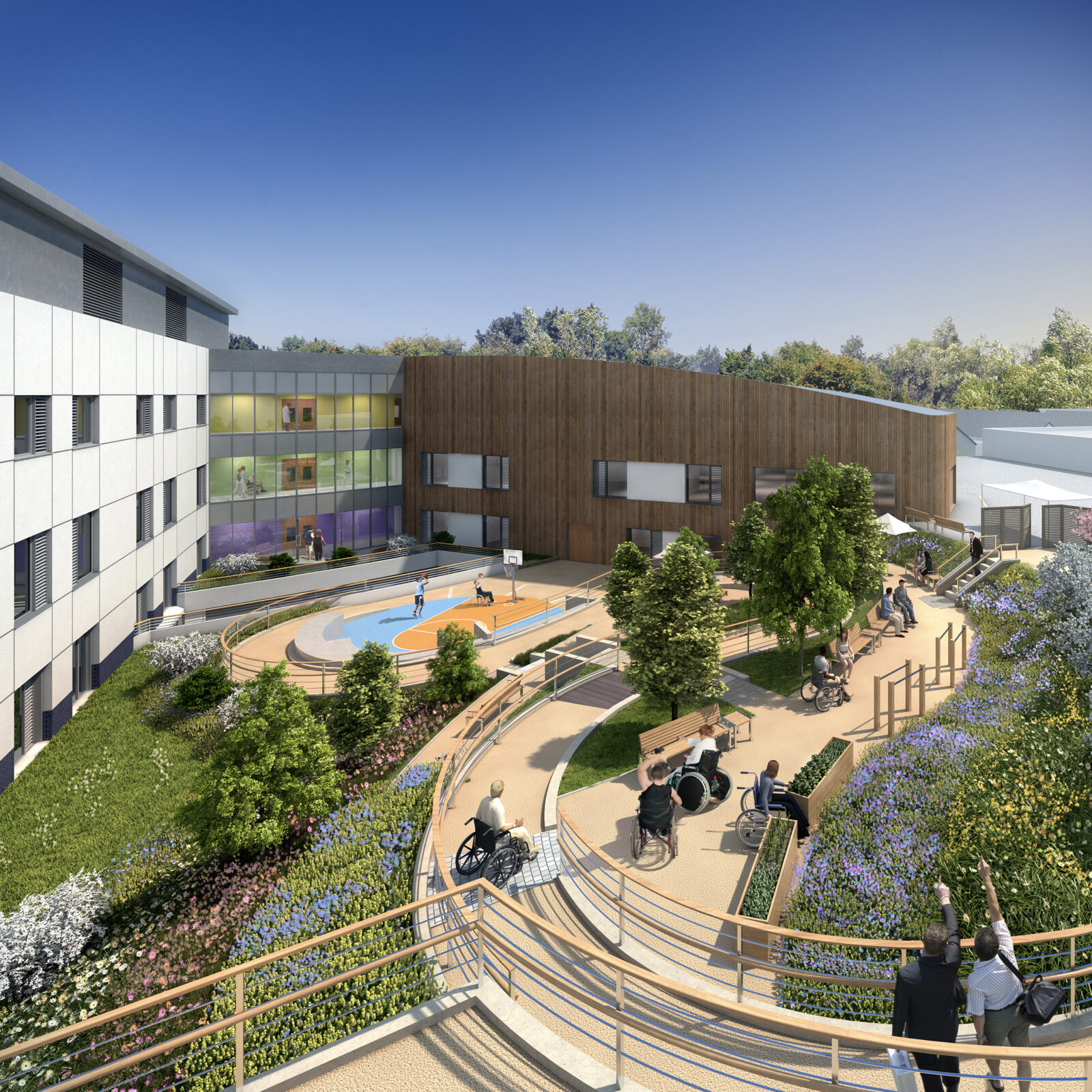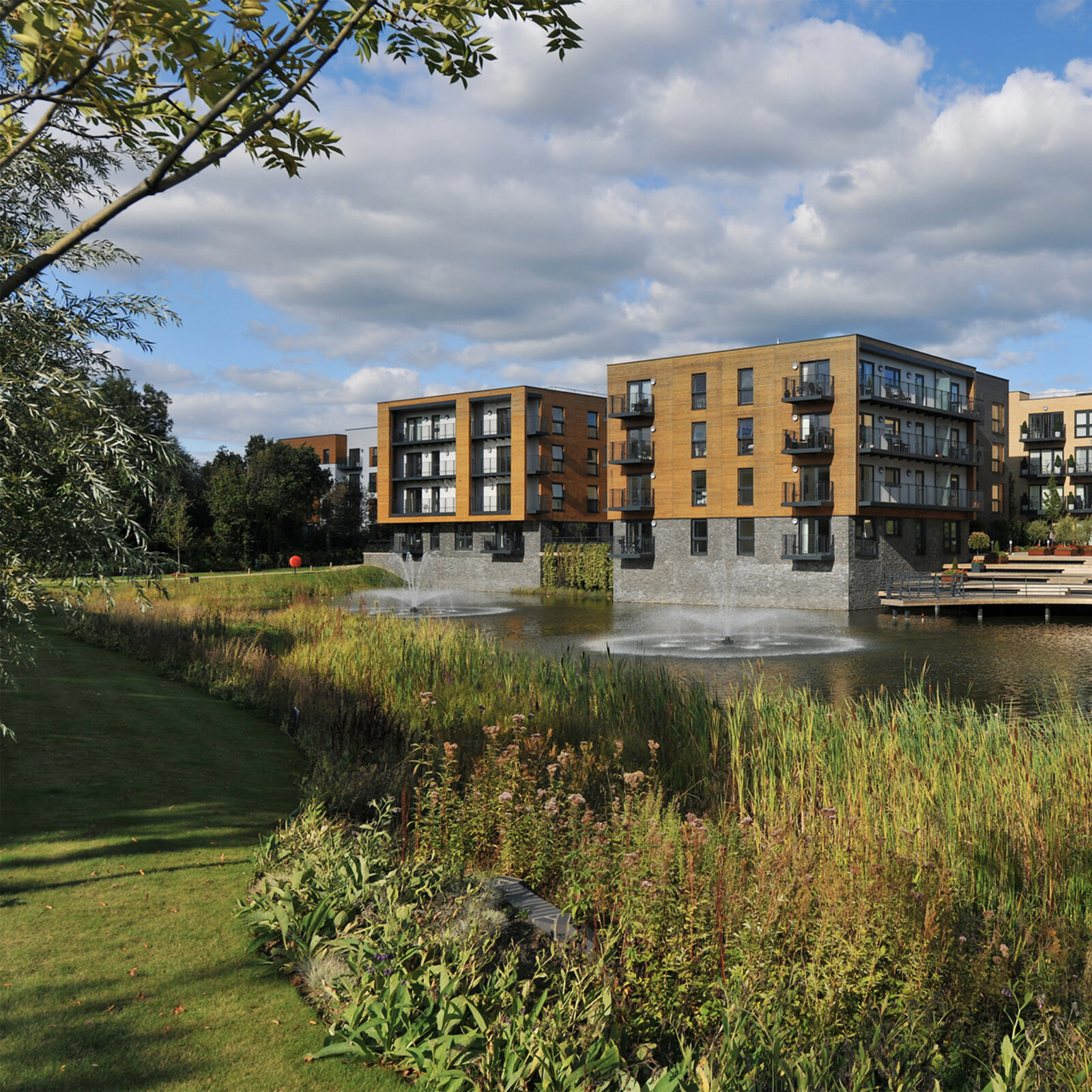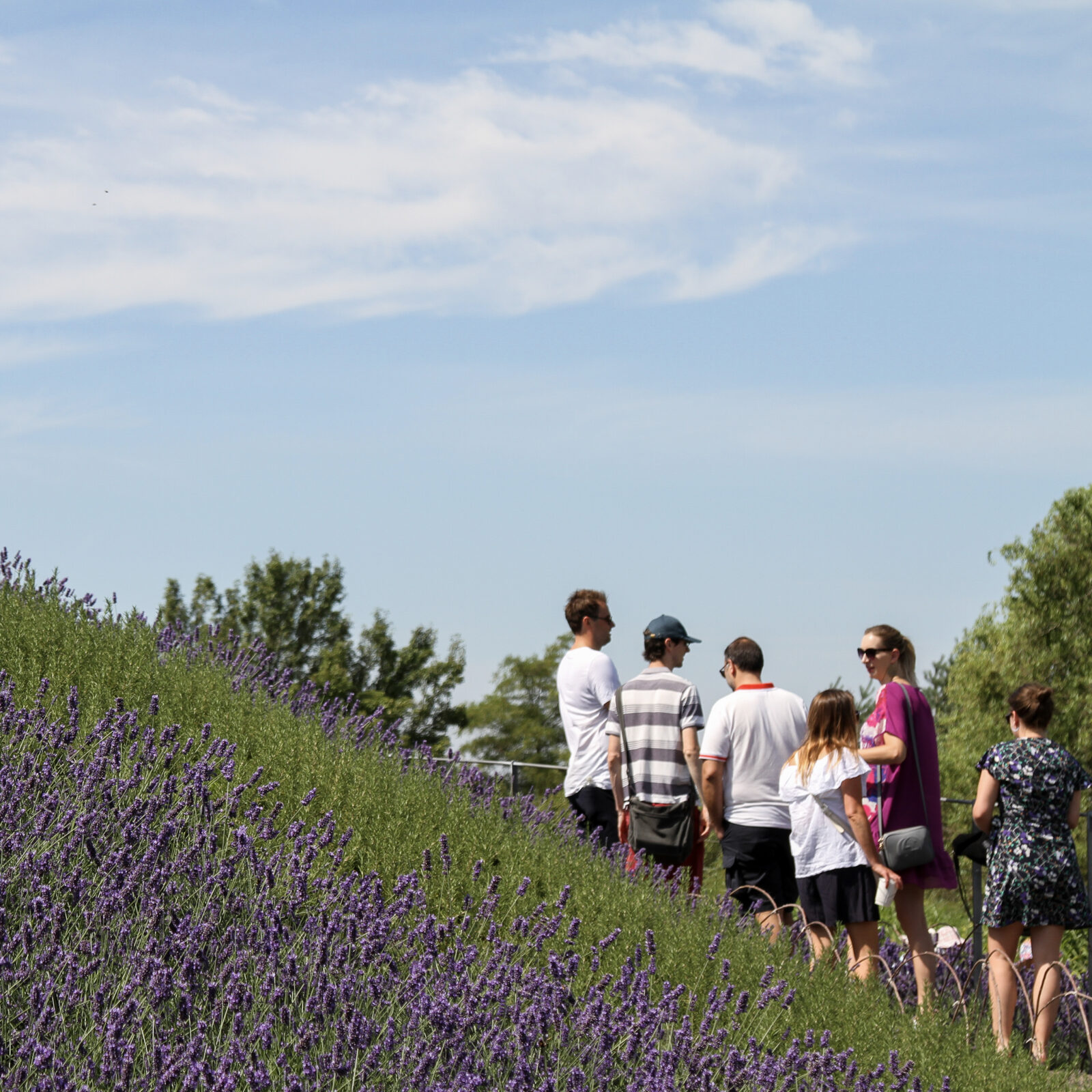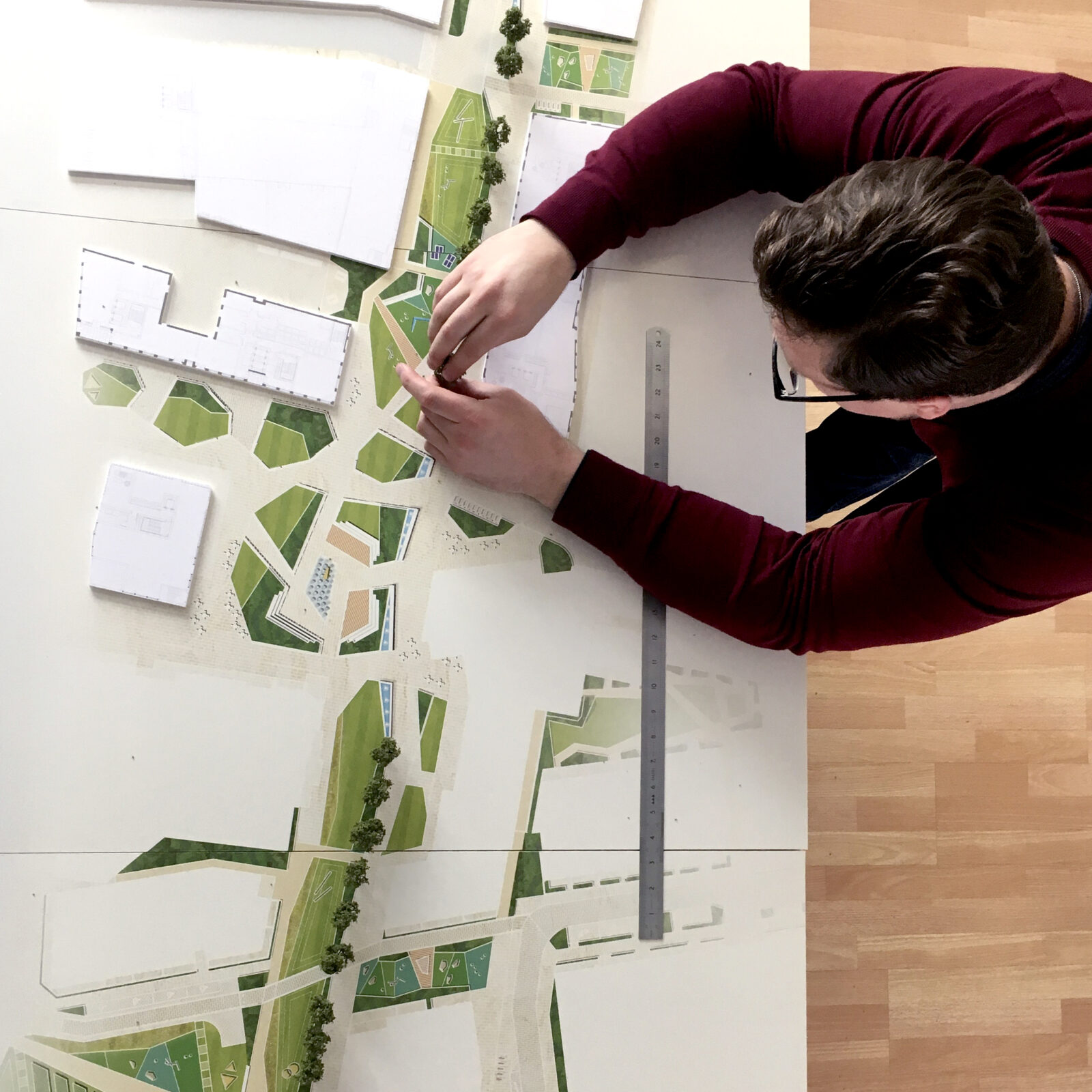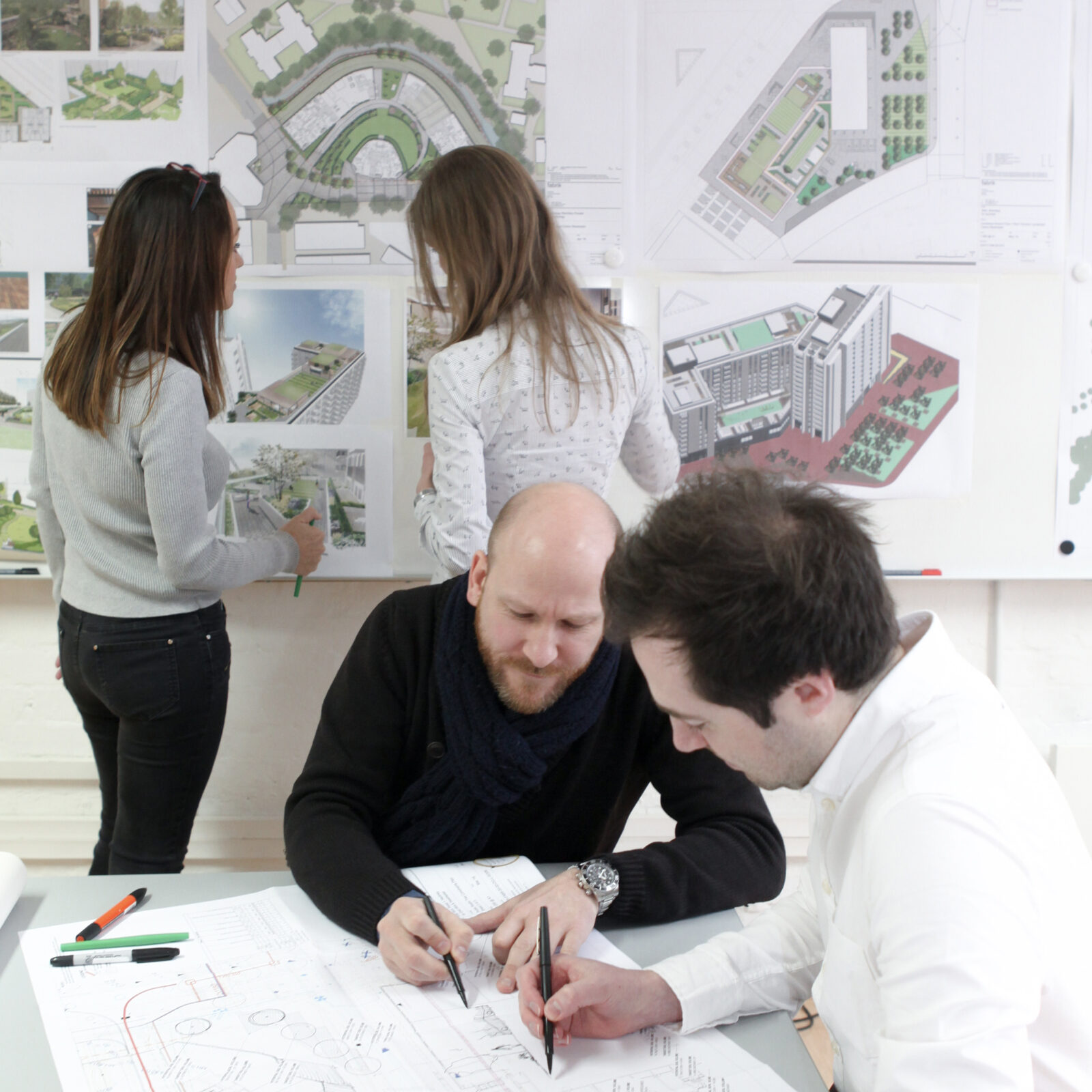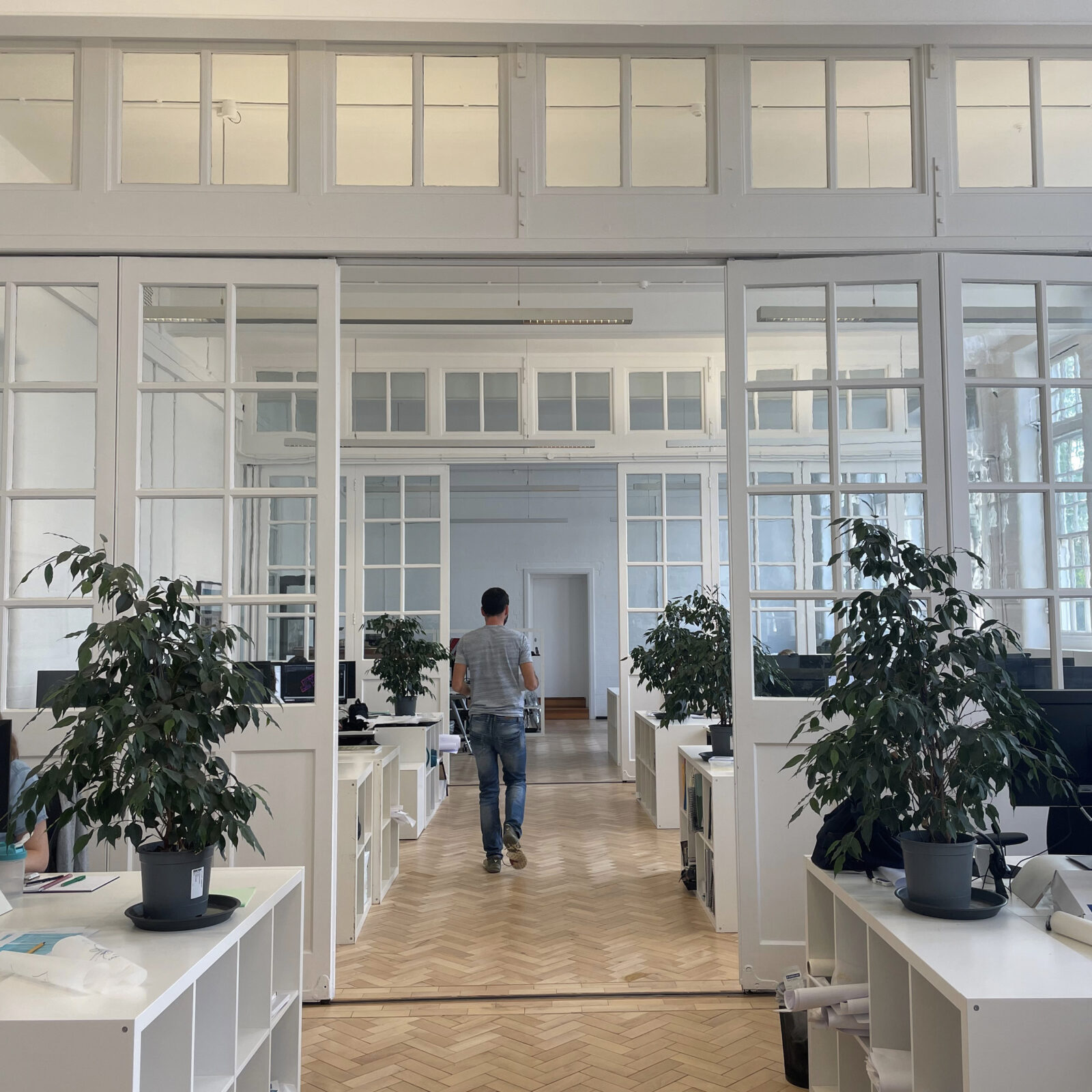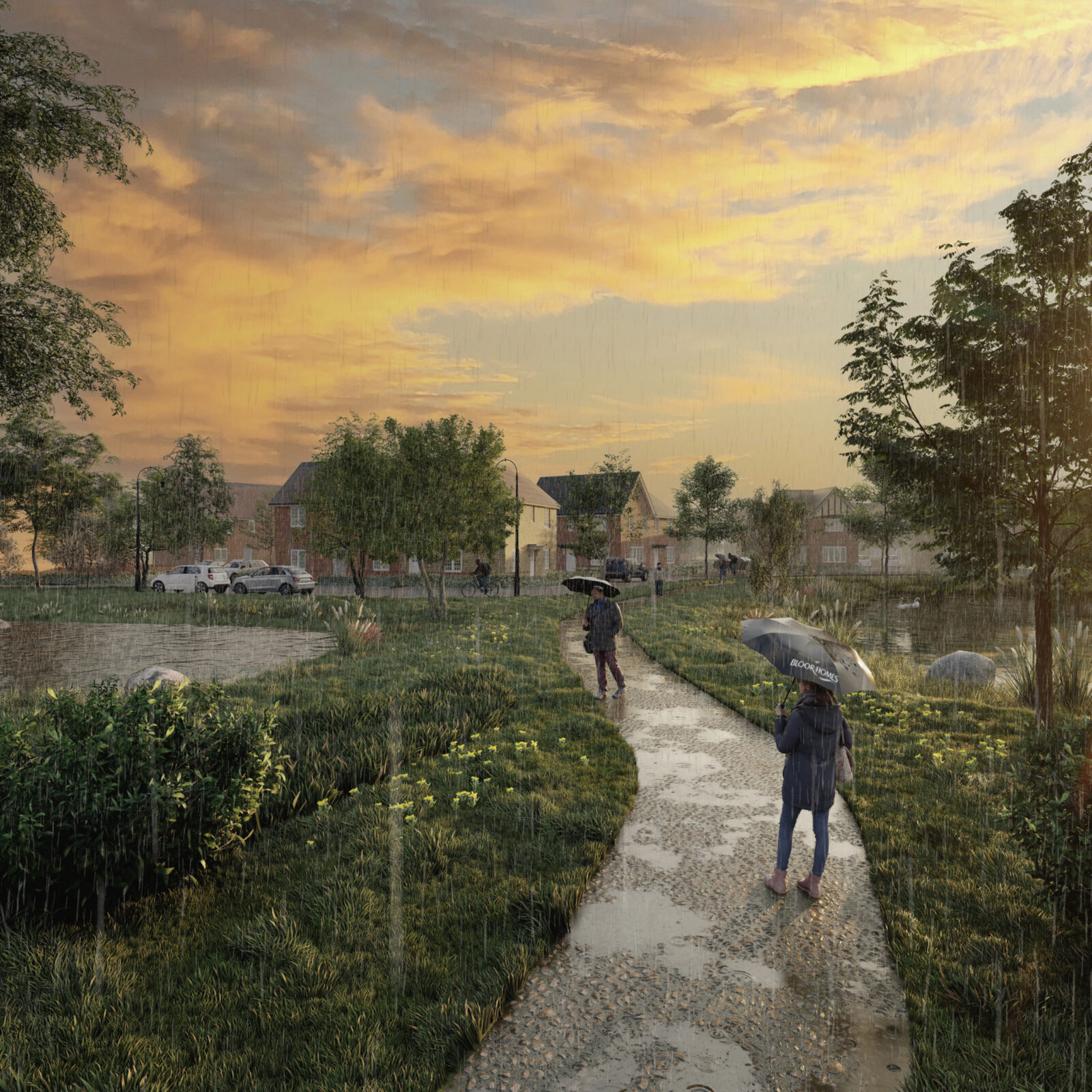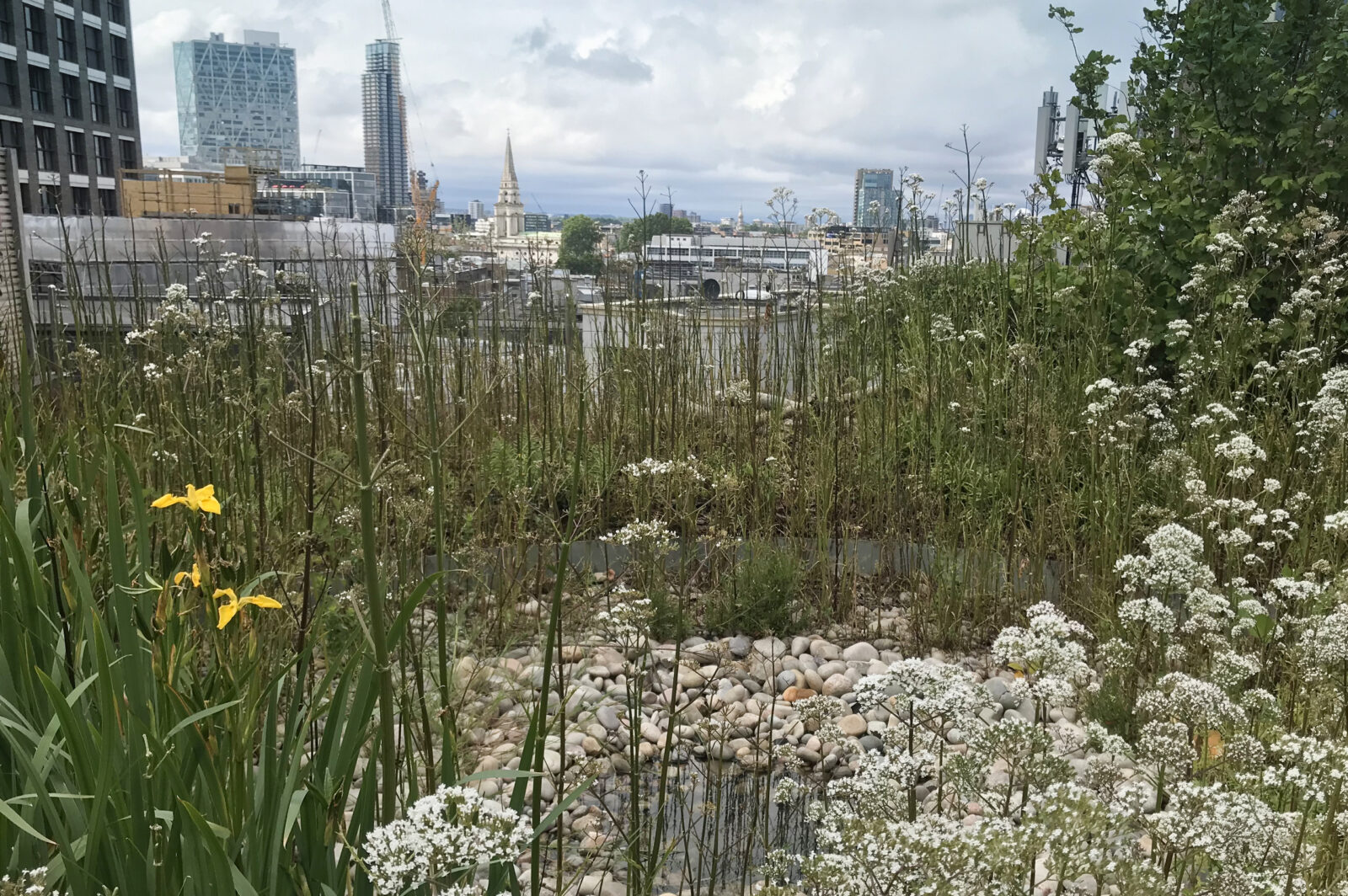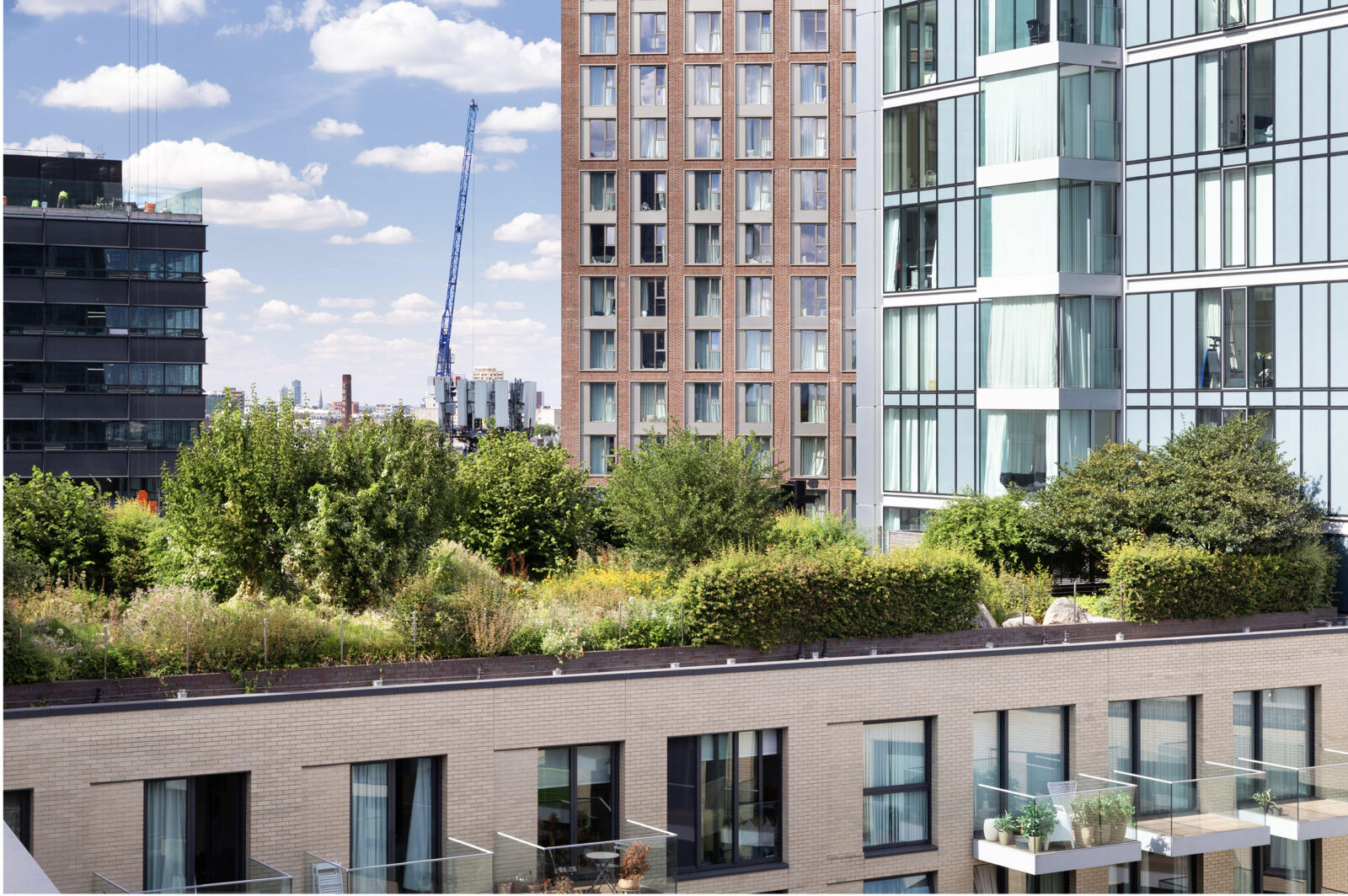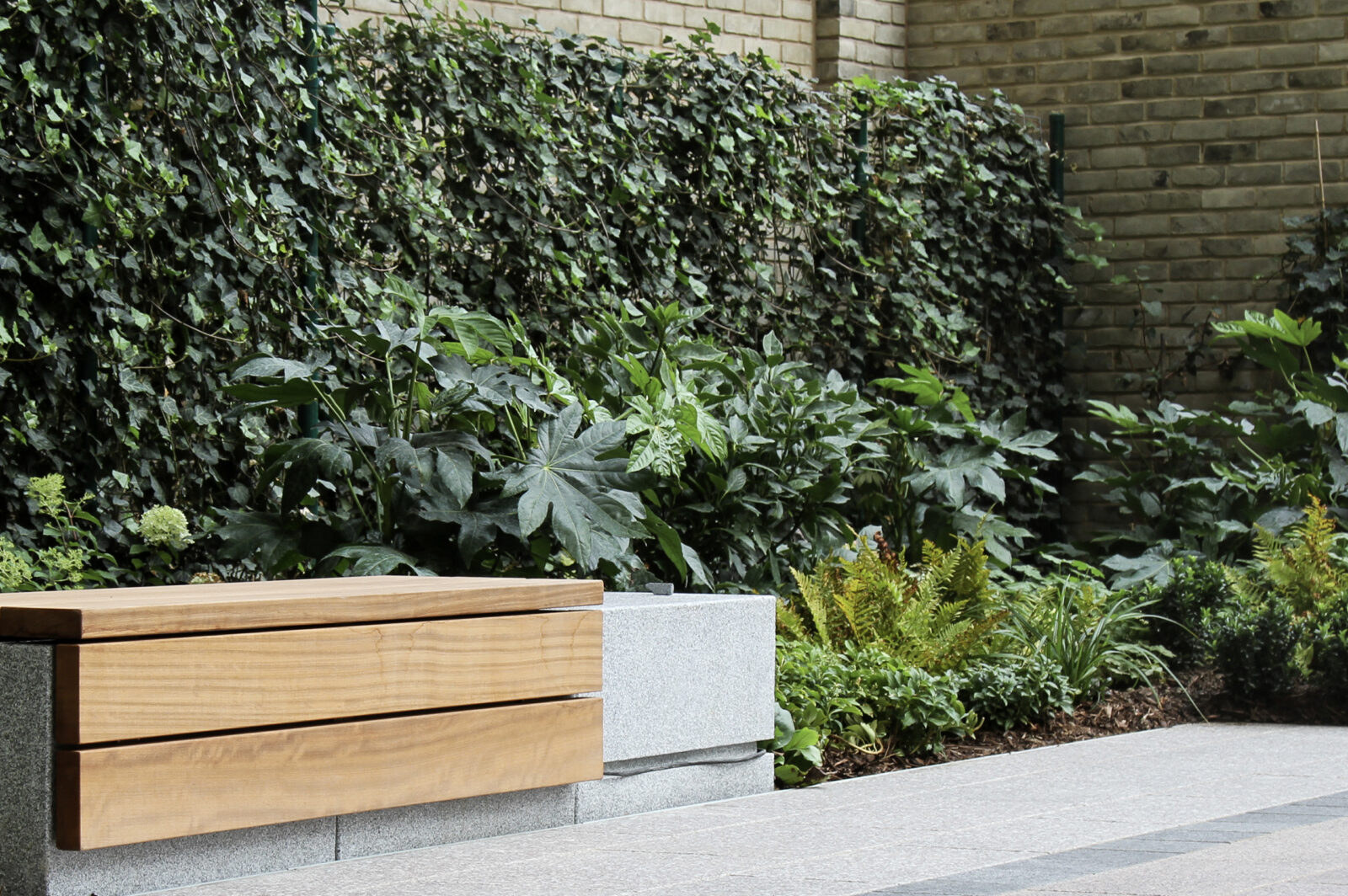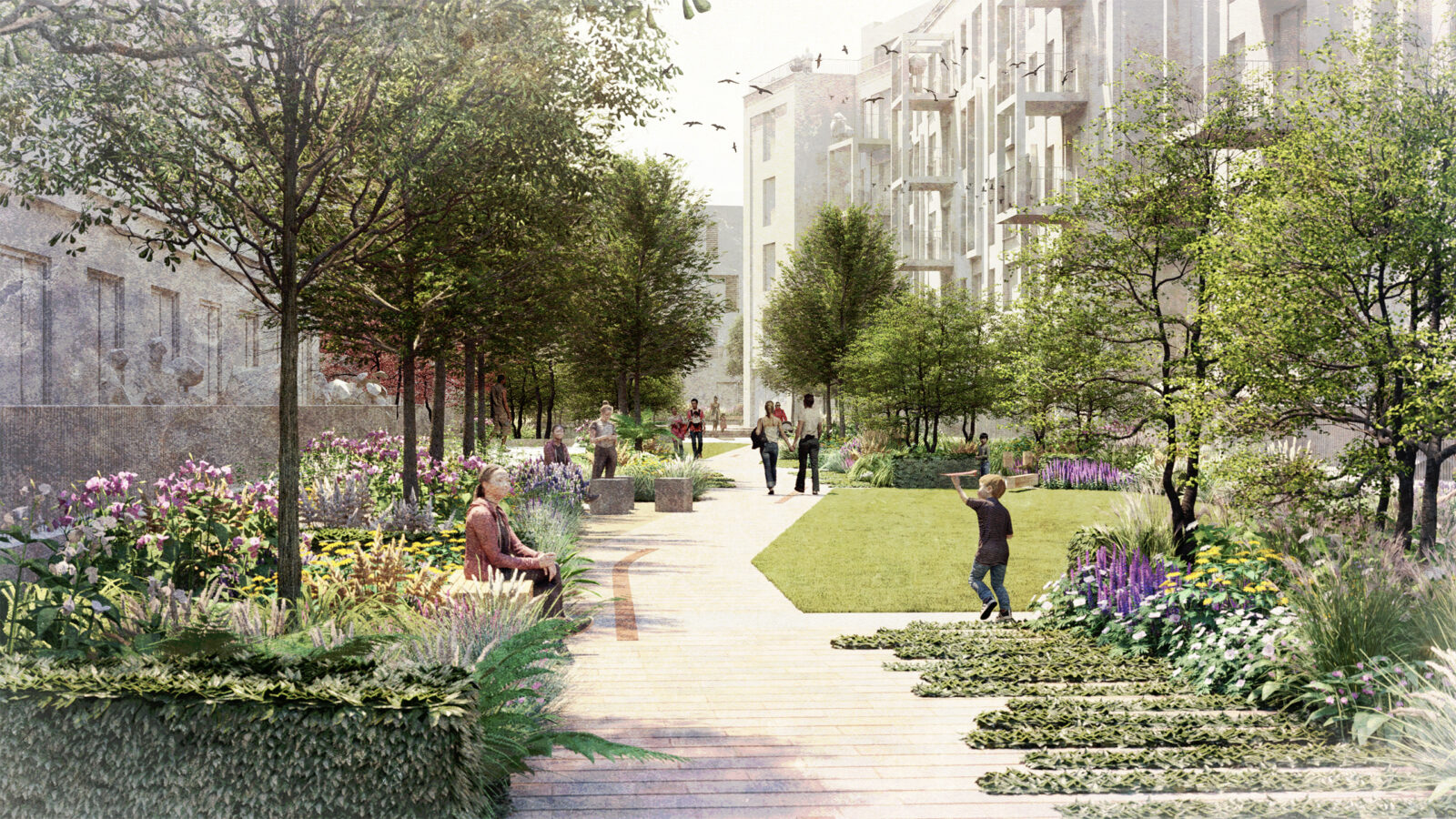Climate change has brought more frequent hot and dry weather to the UK in recent years, that can last for weeks at a time in the summer months. Temperatures also rise a lot sooner in the year, meaning that wildlife is seeking food when most native British plants are still dormant. London has its own particular microclimate owing to the urban heat island effect, with temperatures always slightly higher than in the rest of the country and reducing the chances of frost.
Designing for climate resilience is multi-faceted and a fully climate resilient scheme will be the product of considered collaboration between all design disciplines. The approach to designing spaces should consider setting, connectivity, redundancy, process, diversity, scale, and people. There are also clear implications for ensuring planting schemes are resilient to future changes in climate.

